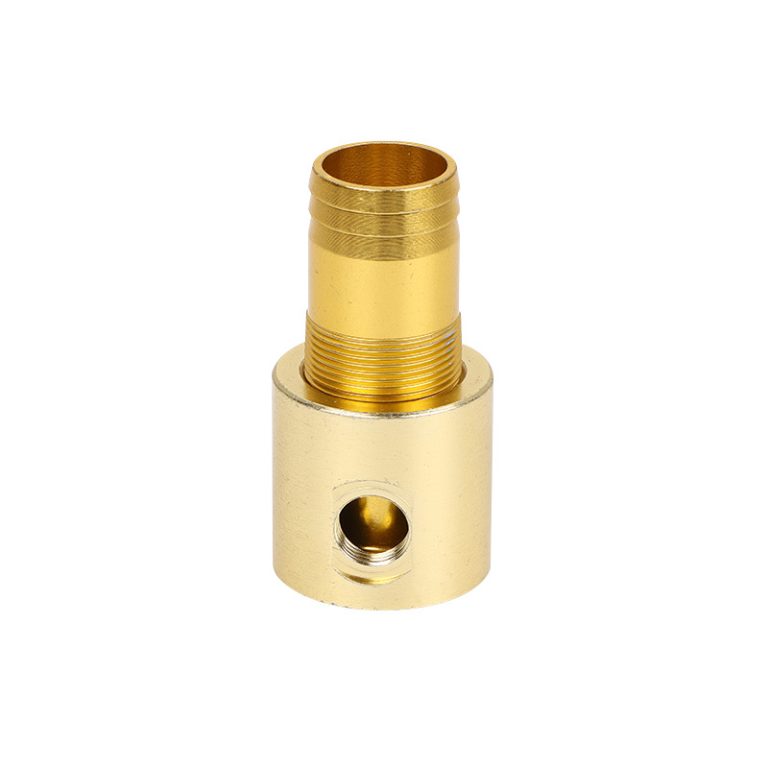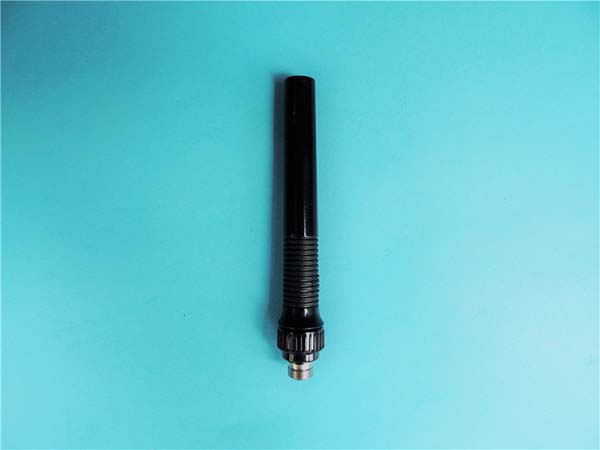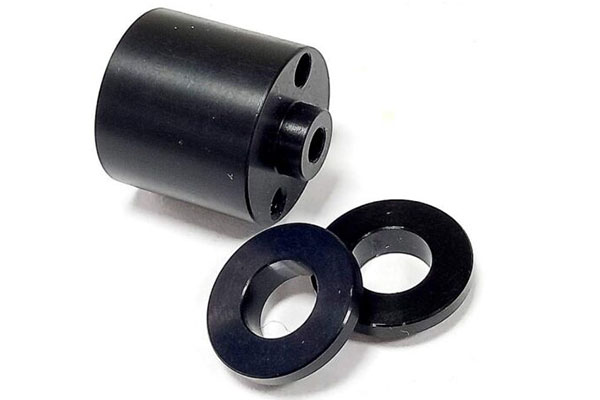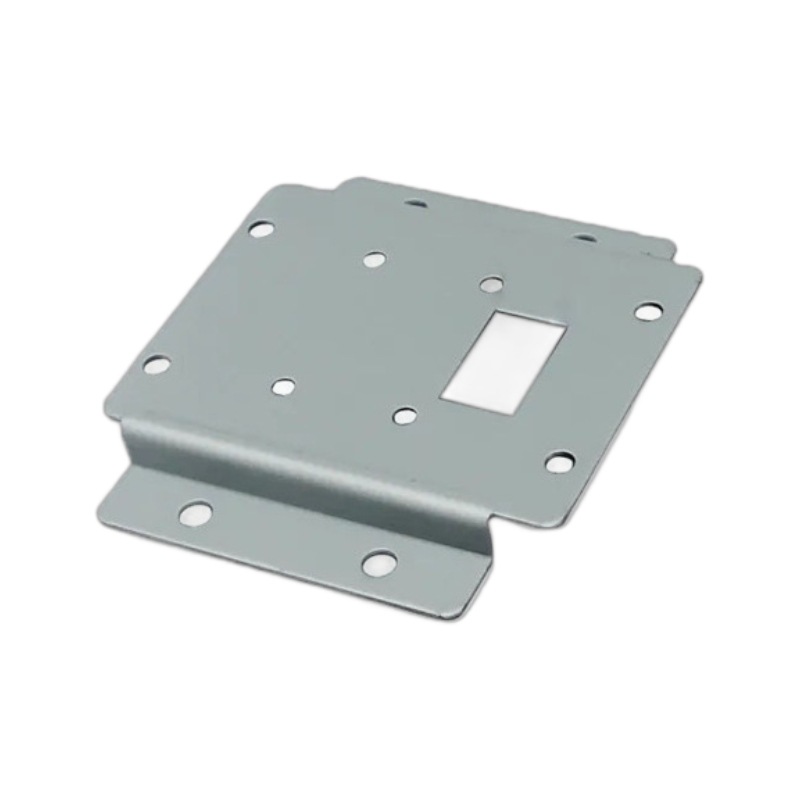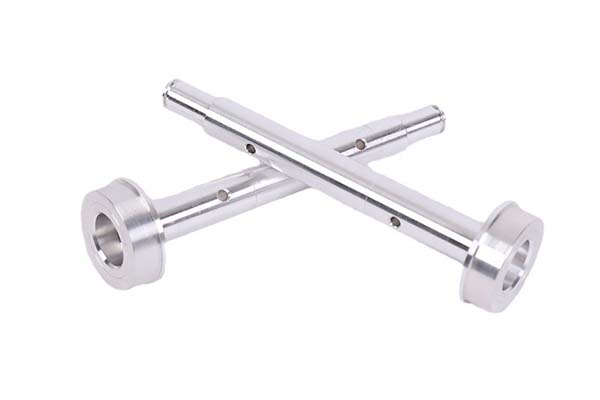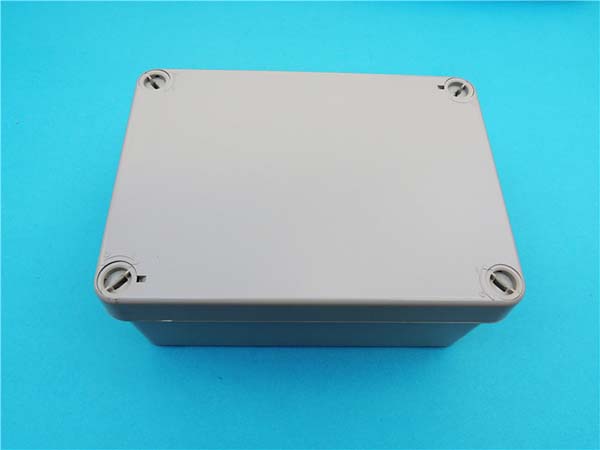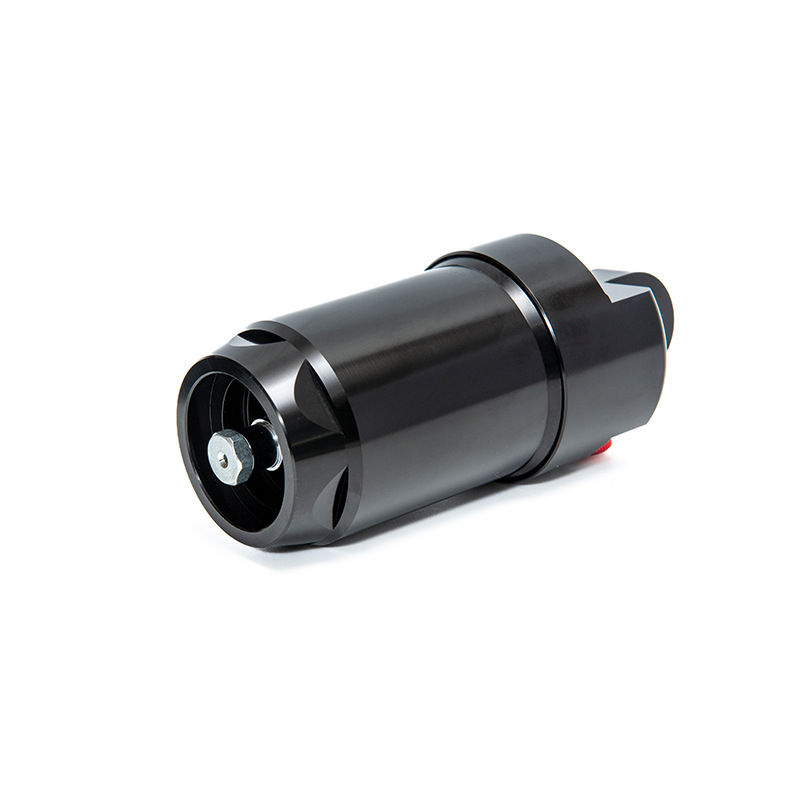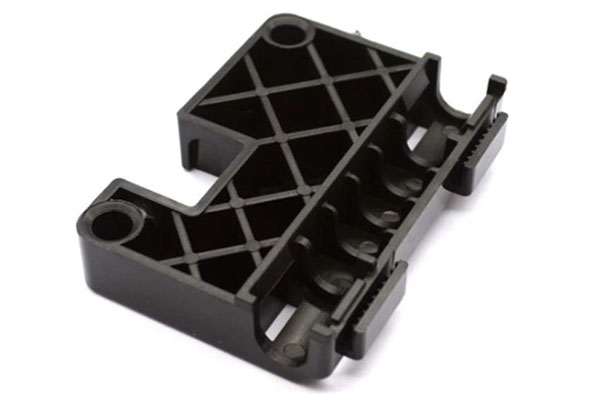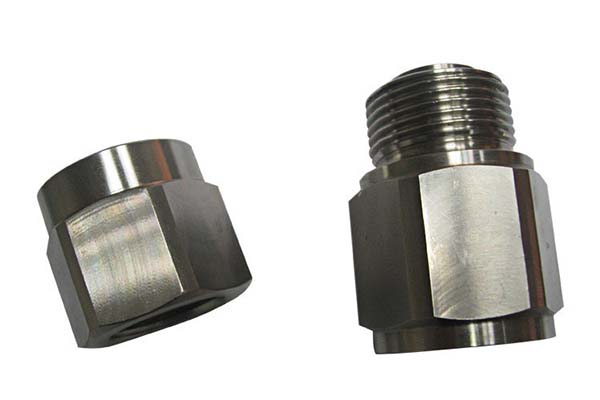C90300 bronze is a versatile alloy widely used in marine and industrial applications, but machining it requires careful handling of its ductility and unique properties. Its high tin content makes it prone to material adhesion on tools, leading to poor surface finishes and increased tool wear. This guide addresses these challenges, providing practical strategies to achieve precision and efficiency when machining C90300 bronze.
C90300 Bronze Material Characteristics for CNC Machining
C90300 bronze chemical composition is a well-balanced blend: Cu 88%, Sn 8%, Zn 4%. This high-density tin bronze offers a unique combination of properties that make it ideal for demanding environments.
One of its key attributes is superior corrosion resistance in seawater, which surpasses many other copper alloys and even some stainless steels. This makes it a top choice for marine components that face constant exposure to saltwater.
It also boasts excellent bearing and wear resistance, thanks to the tin-copper matrix that forms hard, durable structures. With a moderate machinability rating (70–80%) compared to free-machining brass, it strikes a good balance between performance and ease of manufacturing. Additionally, its good castability before machining allows for complex near-net shapes, reducing material waste and machining time.
| Property | Benefit | Application Example |
| Superior seawater corrosion resistance | Longevity in marine environments | Propeller shaft bearings |
| Excellent wear resistance | Reduced maintenance needs | Hydraulic cylinder bushings |
| Moderate machinability | Lower production costs | Valve bodies |
| Good castability | Complex shapes with less machining | Pump impellers |
Optimal CNC Machining Parameters for C90300 Bronze
Cutting Speed, Feed Rate, and Depth of Cut
The recommended cutting speed for C90300 bronze is 120–180 m/min. For roughing operations, 120–150 m/min balances material removal and tool life, while finishing can use 150–180 m/min to achieve better surface finishes.
Feed rate for tin bronze turning typically ranges from 0.05–0.15 mm/rev. Lower feeds (0.05–0.08 mm/rev) are better for finishing to minimize surface imperfections, while higher feeds (0.10–0.15 mm/rev) work well for roughing to maximize productivity.
Depth of cut guidelines suggest 0.5–3 mm, with 0.5–1 mm for finishing and 1–3 mm for roughing. Taking too deep a cut in finishing can cause tool deflection and poor dimensional accuracy.
Coolant Selection and Chip Management
When choosing between flood coolant vs MQL for bronze machining, flood coolant is generally preferred. It provides better heat dissipation and helps flush away chips, reducing the risk of material adhesion on tools. A water-soluble coolant with 5–10% concentration works best for most applications.
Chip evacuation techniques for ductile bronze are crucial, as C90300 tends to produce long, stringy chips. Using tools with chip breakers and ensuring proper coolant flow helps break chips into manageable pieces, preventing them from wrapping around the tool or workpiece.
Tool life benchmarking studies show that following these parameters can extend tool life by 20–30% compared to using improper speeds and feeds. Regular monitoring of tool wear patterns helps optimize replacement intervals.
Cutting-Tool Selection & Tool Life for C90300 Bronze
Tool Materials and Coatings
K20 carbide inserts for non-ferrous alloys are the go-to choice for machining C90300 bronze. Their hardness and wear resistance stand up well to the alloy's properties. Micro-grain carbide end mills offer even better performance, with finer grain structures providing superior edge retention.
Tool coatings: TiCN or TiAlN for bronze machining significantly extend tool life. TiCN coatings reduce friction and prevent material adhesion, while TiAlN coatings handle higher temperatures better, making them suitable for faster cutting speeds.
Tool Geometry and Design
Polished flutes to prevent material adhesion are essential, as C90300's ductility can cause it to stick to tool surfaces, leading to built-up edges and poor finishes. High-positive rake angle geometries (10–15°) reduce cutting forces, minimizing tool deflection and improving chip flow.
Common tool wear patterns include flank wear, crater wear, and built-up edges. Monitoring these patterns helps identify when tools need replacement—typically when flank wear reaches 0.3 mm or when surface finish deteriorates.
| Tool Feature | Advantage | Application |
| K20 carbide inserts | Good wear resistance | General turning and milling |
| TiCN coating | Reduces adhesion | Finishing operations |
| Polished flutes | Prevents material build-up | High-speed milling |
| High-positive rake | Lower cutting forces | Thin-walled components |
Surface Finishing & Post-Machining Treatments for C90300 Bronze Parts
Achieving Desired Surface Finishes
Achieving Ra 0.2–0.8 µm on C90300 bronze is achievable with proper tooling and parameters. Finishing passes with sharp tools at higher speeds (150–180 m/min) and lower feeds (0.05–0.08 mm/rev) help reach these levels. For even finer finishes, diamond polishing compounds can be used to achieve mirror-like surfaces.
Vibratory finishing with ceramic media is effective for deburring and improving surface texture. Typical parameters include a 20–30% media fill rate and 60–120 minute cycle times, depending on the desired finish.
Post-Machining Treatments
Chemical passivation for marine service enhances corrosion resistance, creating a protective layer on the surface. This is especially important for components used in harsh seawater environments.
Ultrasonic cleaning after machining removes any remaining coolant or debris, preparing parts for assembly or further treatments. Tumble deburring parameters—using plastic or ceramic media with a 25–30% load—ensure burr-free edges without damaging the part.
Industrial Applications of CNC-Machined C90300 Bronze Components
Marine Industry
Marine propeller shaft bearings rely on C90300's corrosion resistance and wear properties to handle the harsh conditions of underwater operation. Pump impellers and housings made from this alloy withstand the abrasive nature of seawater and other fluids.
Industrial Machinery
Heavy-duty valve bodies benefit from its strength and corrosion resistance, ensuring reliable performance in hydraulic and pneumatic systems. Hydraulic cylinder bushings use its wear resistance to handle high pressures and repeated motion.
Food Processing and Power Transmission
In the food industry, food-processing equipment wear plates made from C90300 bronze offer good corrosion resistance and are easy to clean, meeting hygiene standards. Power-transmission thrust washers leverage its bearing properties to reduce friction and extend component life.
Yigu Technology’s Expertise
Yigu Technology specializes in CNC machining C90300 bronze components, with deep knowledge of its unique properties. We optimize tool selection, machining parameters, and surface finishing to meet the strict requirements of marine and industrial applications. Our expertise ensures that parts achieve the required surface finishes, dimensional accuracy, and corrosion resistance, delivering reliable performance in demanding environments.
FAQs
- How does C90300 bronze compare to C54400 bronze?
C90300 has better corrosion resistance in seawater, while C54400 offers superior wear resistance. C90300 is more ductile and has slightly better machinability, making it better for marine applications, while C54400 excels in high-wear industrial components.
- What causes material adhesion on tools when machining C90300 bronze?
Its high ductility and tin content make it prone to sticking to tool surfaces. Using polished flutes, TiCN coatings, and proper coolant flow helps prevent this issue.
- Is C90300 bronze suitable for food-processing equipment?
Yes, its corrosion resistance and ease of cleaning make it a good choice for food-grade applications, though it should be properly passivated and cleaned to meet hygiene standards.
